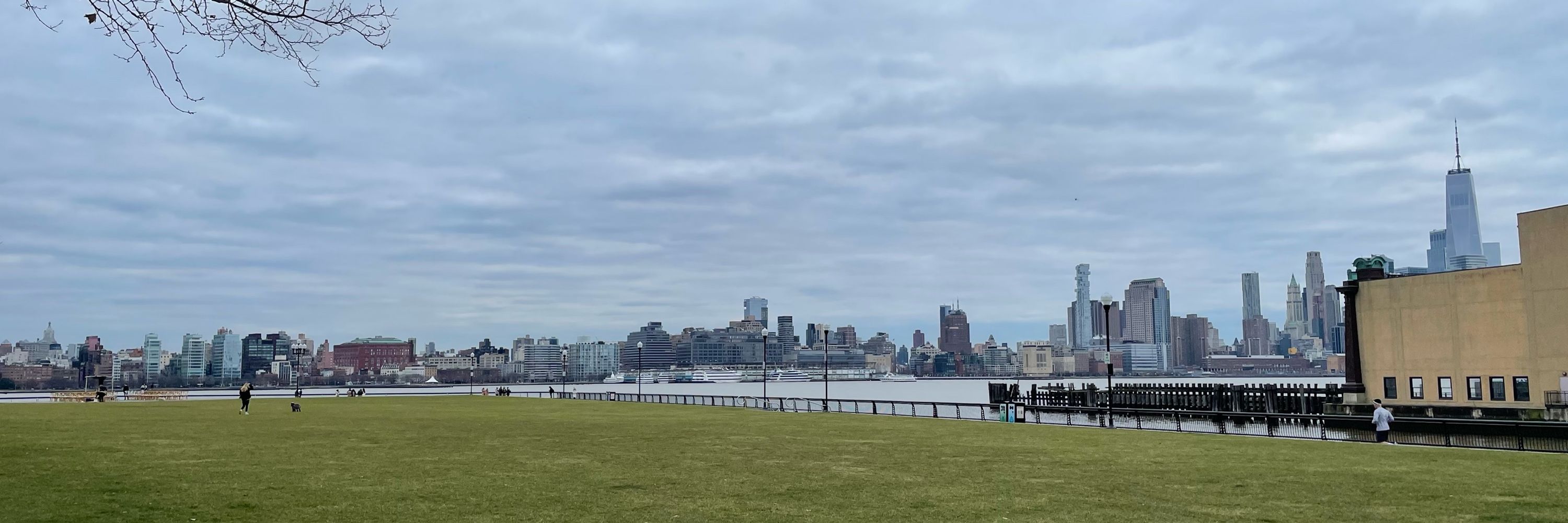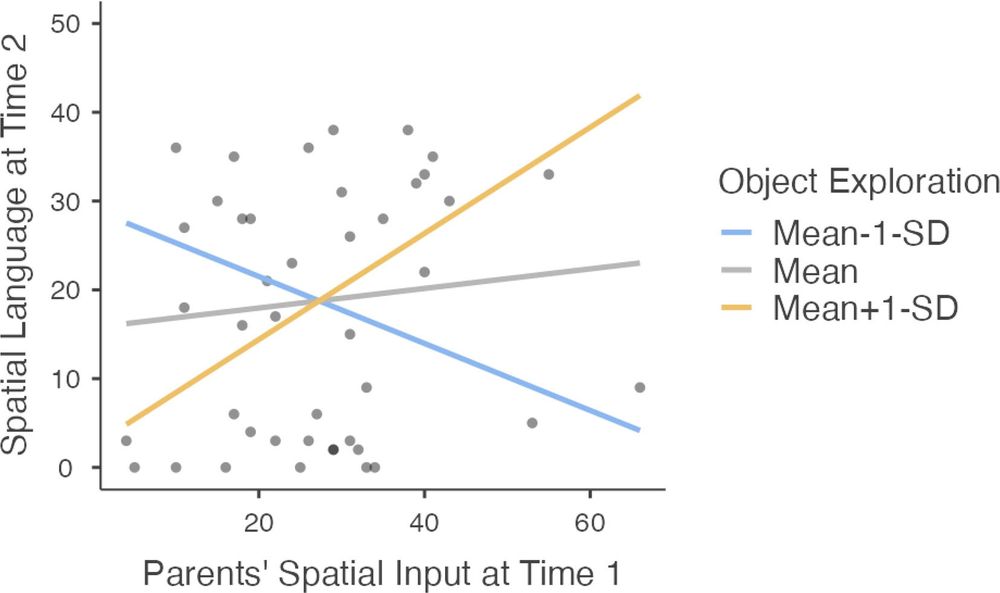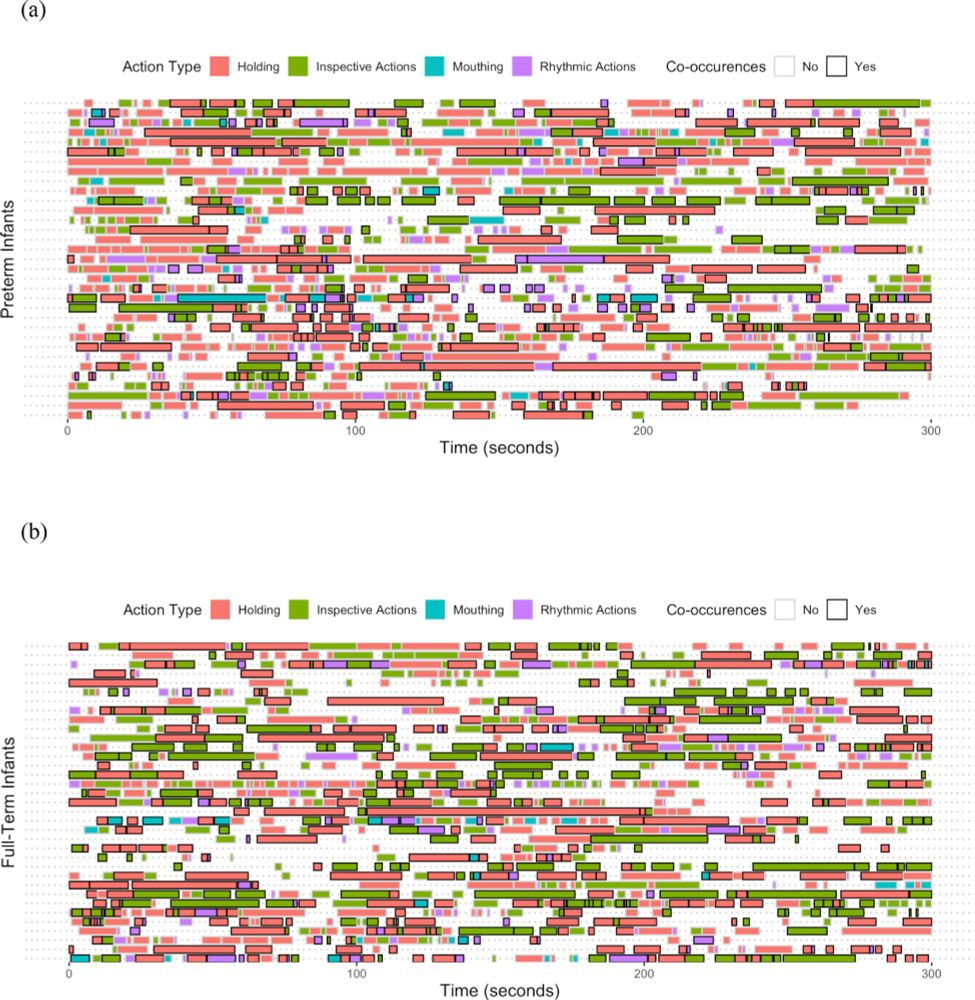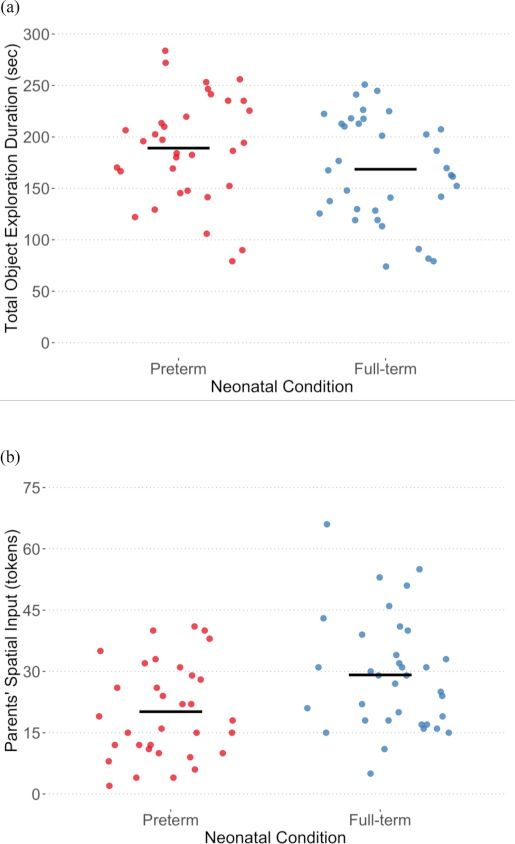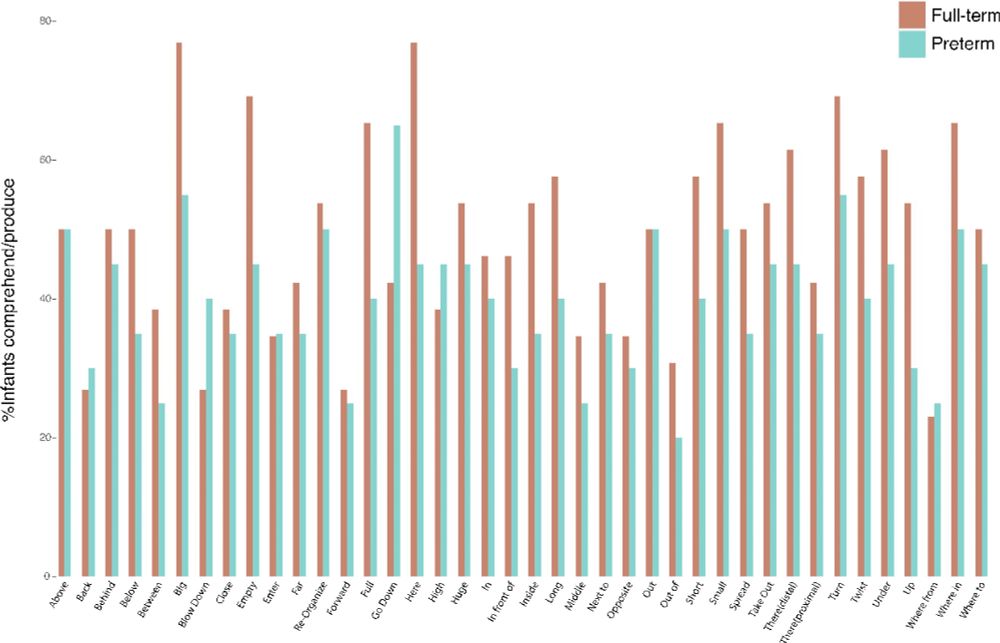Mert Kobaş
@mkobas.bsky.social
54 followers
140 following
15 posts
PhD student in cognition & perception at NYU
https://mertkobas.github.io/
Posts
Media
Videos
Starter Packs
Pinned
Mert Kobaş
@mkobas.bsky.social
· Apr 19
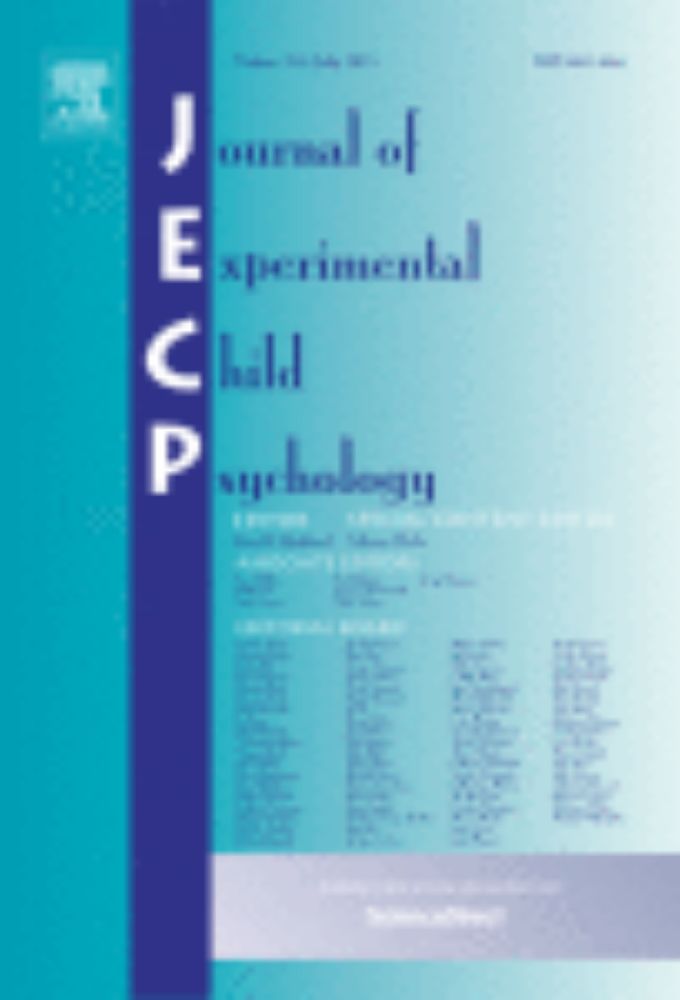
Spatial language development in preterm and full-term infants: The role of object exploration and parents’ spatial input
Infants learn object features and relations among objects by exploring them. Object exploration and parents’ verbal input related to these spatial cha…
www.sciencedirect.com
Reposted by Mert Kobaş
Reposted by Mert Kobaş
Mert Kobaş
@mkobas.bsky.social
· Apr 23
Reposted by Mert Kobaş
Tilbe Göksun
@tilbegoksun.bsky.social
· Apr 19
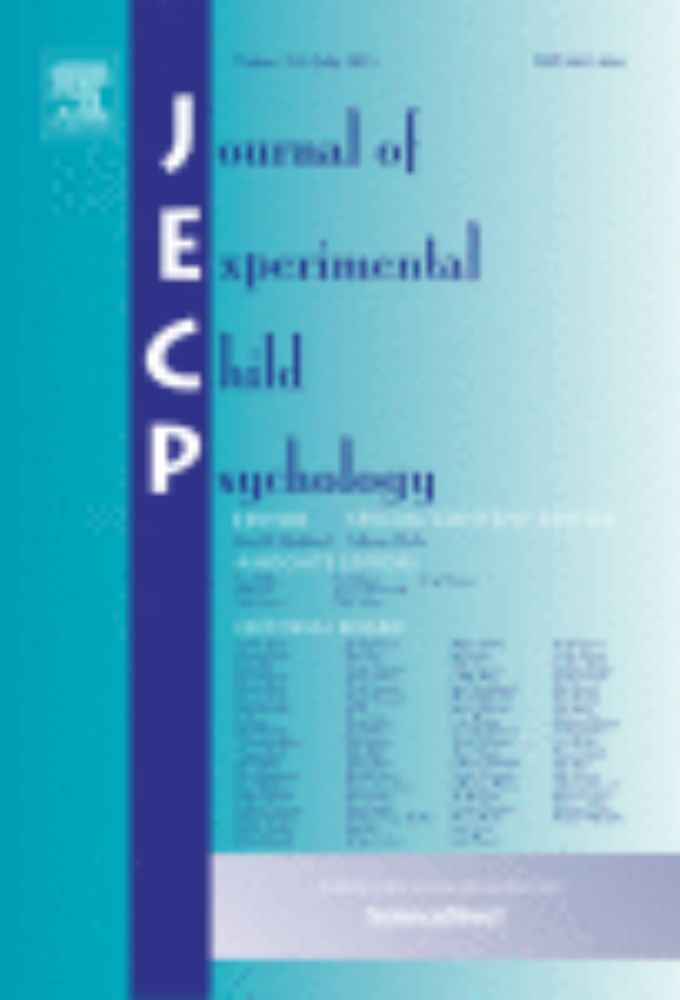
Spatial language development in preterm and full-term infants: The role of object exploration and parents’ spatial input
Infants learn object features and relations among objects by exploring them. Object exploration and parents’ verbal input related to these spatial cha…
www.sciencedirect.com
Mert Kobaş
@mkobas.bsky.social
· Apr 20
Mert Kobaş
@mkobas.bsky.social
· Apr 19

Spatial language development in preterm and full-term infants: The role of object exploration and parents’ spatial input
Infants learn object features and relations among objects by exploring them. Object exploration and parents’ verbal input related to these spatial cha…
sciencedirect.com
Mert Kobaş
@mkobas.bsky.social
· Apr 19
Mert Kobaş
@mkobas.bsky.social
· Apr 19
Mert Kobaş
@mkobas.bsky.social
· Apr 19
Mert Kobaş
@mkobas.bsky.social
· Apr 19
Mert Kobaş
@mkobas.bsky.social
· Apr 19
Mert Kobaş
@mkobas.bsky.social
· Apr 19

Spatial language development in preterm and full-term infants: The role of object exploration and parents’ spatial input
Infants learn object features and relations among objects by exploring them. Object exploration and parents’ verbal input related to these spatial cha…
www.sciencedirect.com
Reposted by Mert Kobaş
Tilbe Göksun
@tilbegoksun.bsky.social
· Apr 19

Spatial language development in preterm and full-term infants: The role of object exploration and parents’ spatial input
Infants learn object features and relations among objects by exploring them. Object exploration and parents’ verbal input related to these spatial cha…
www.sciencedirect.com
